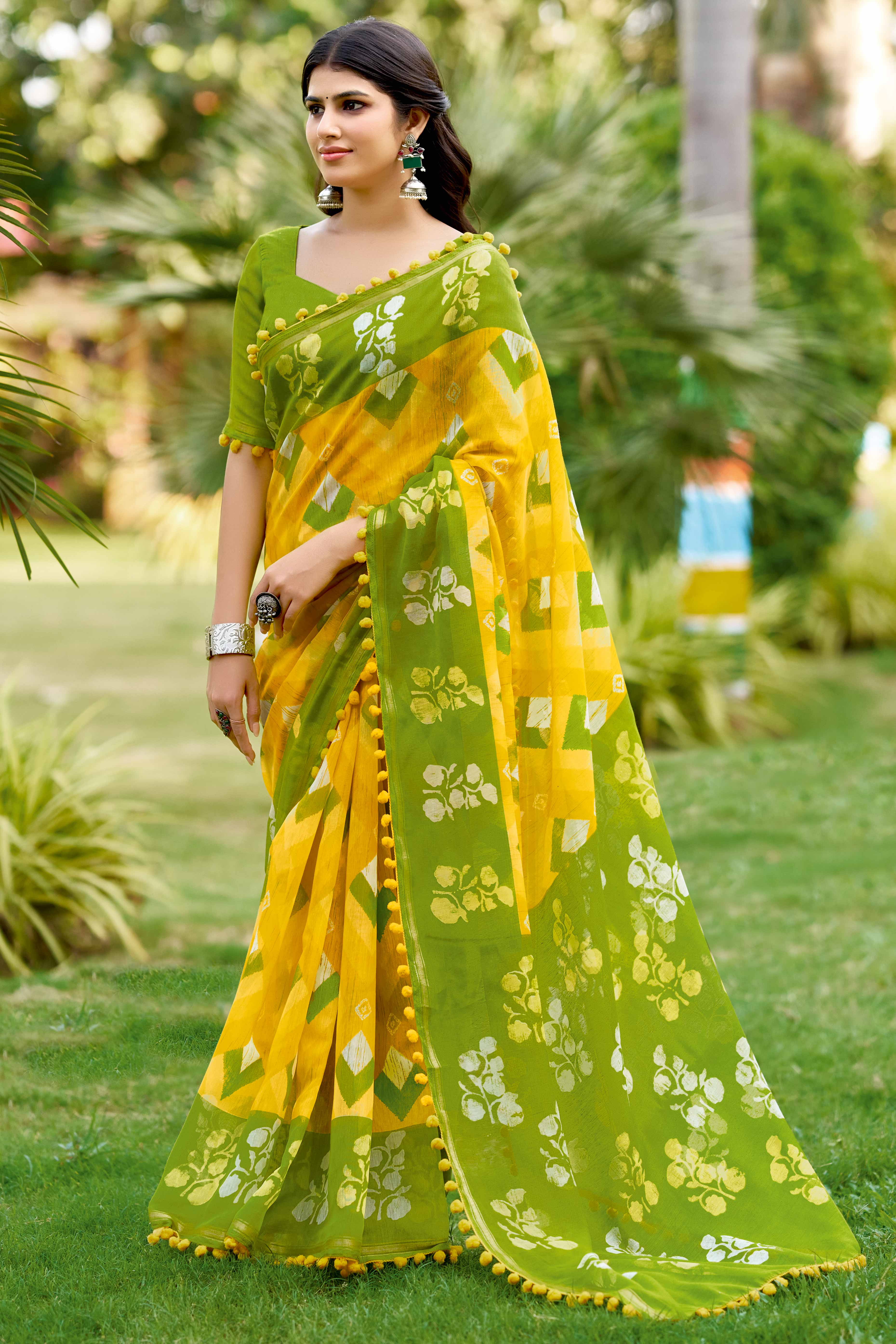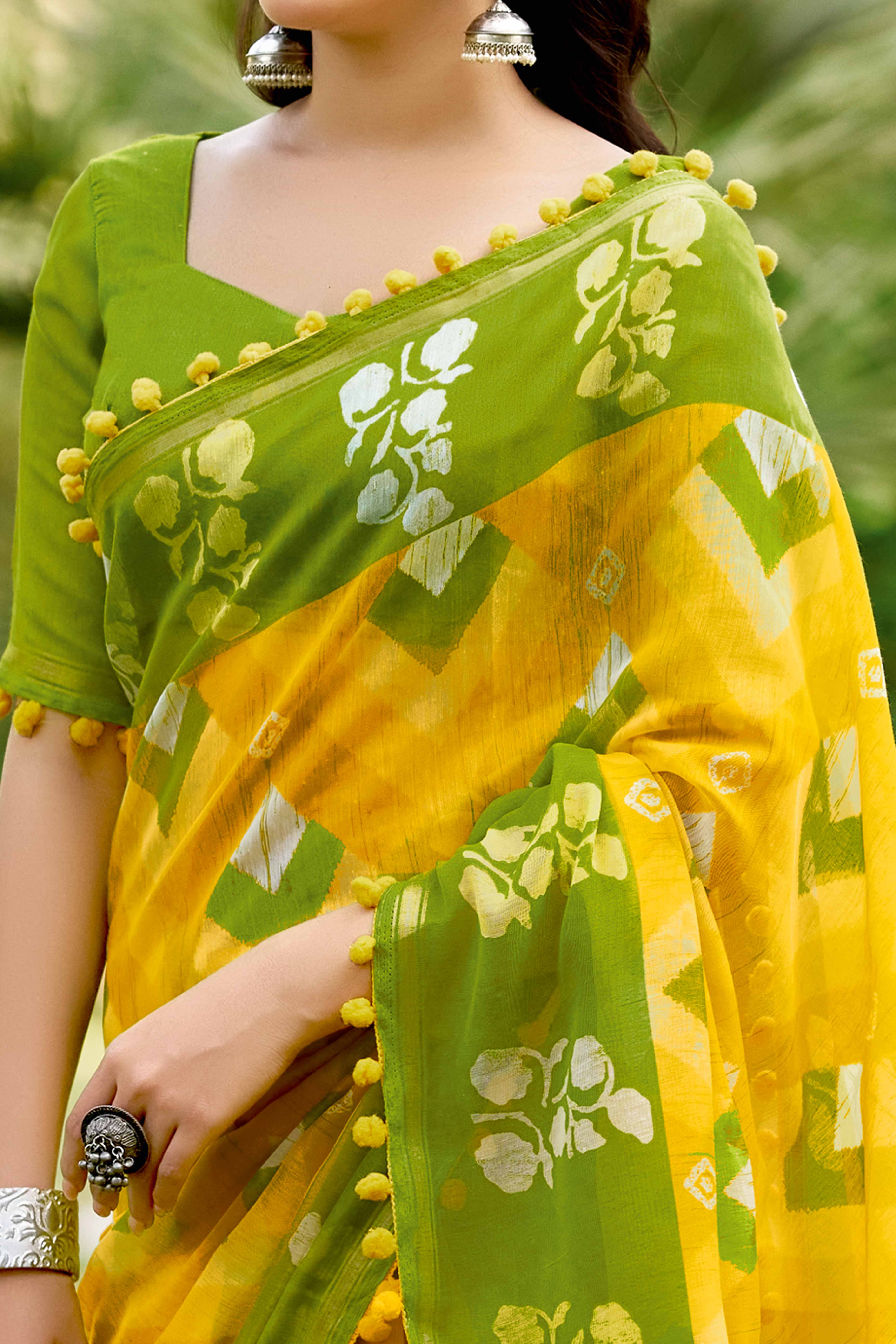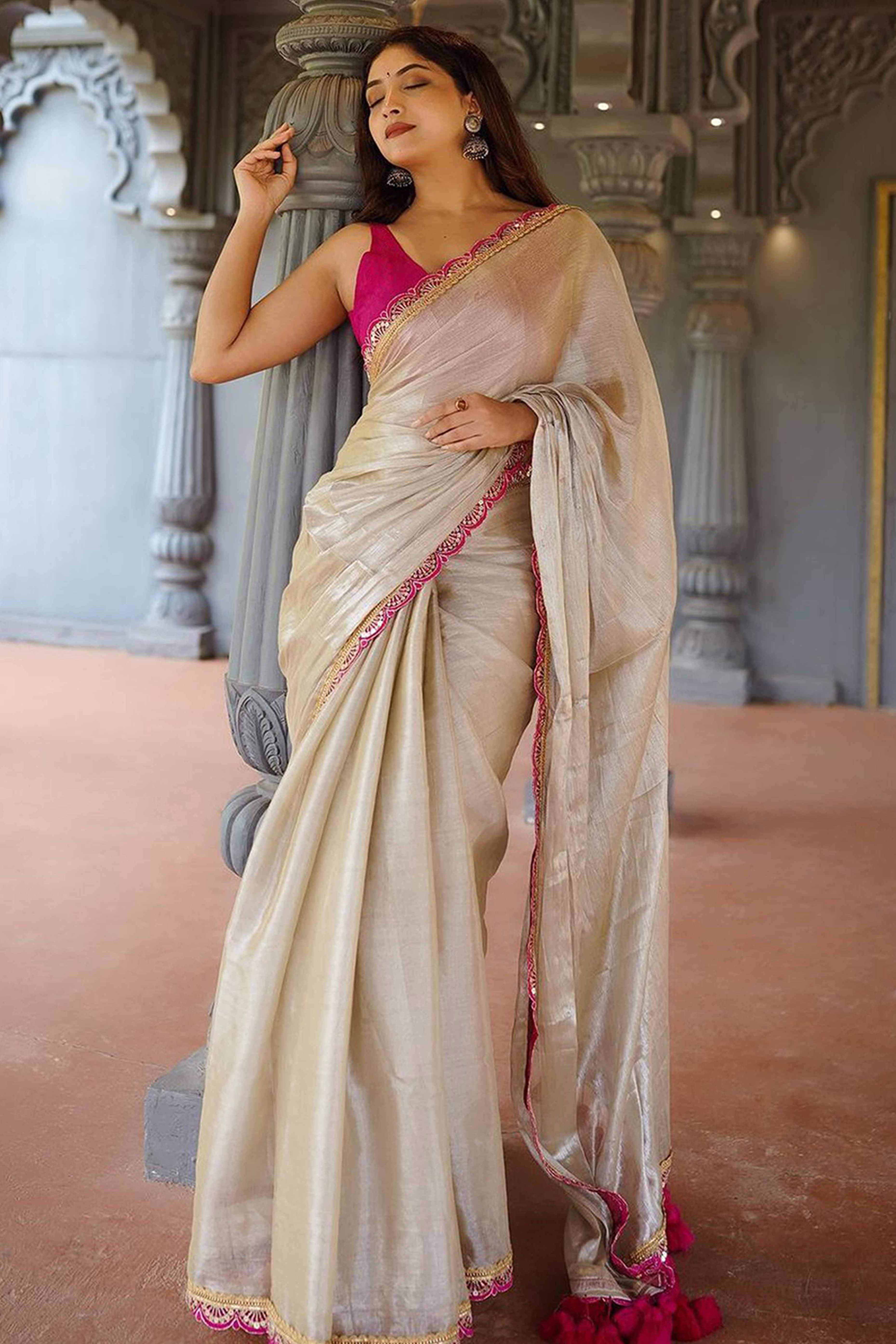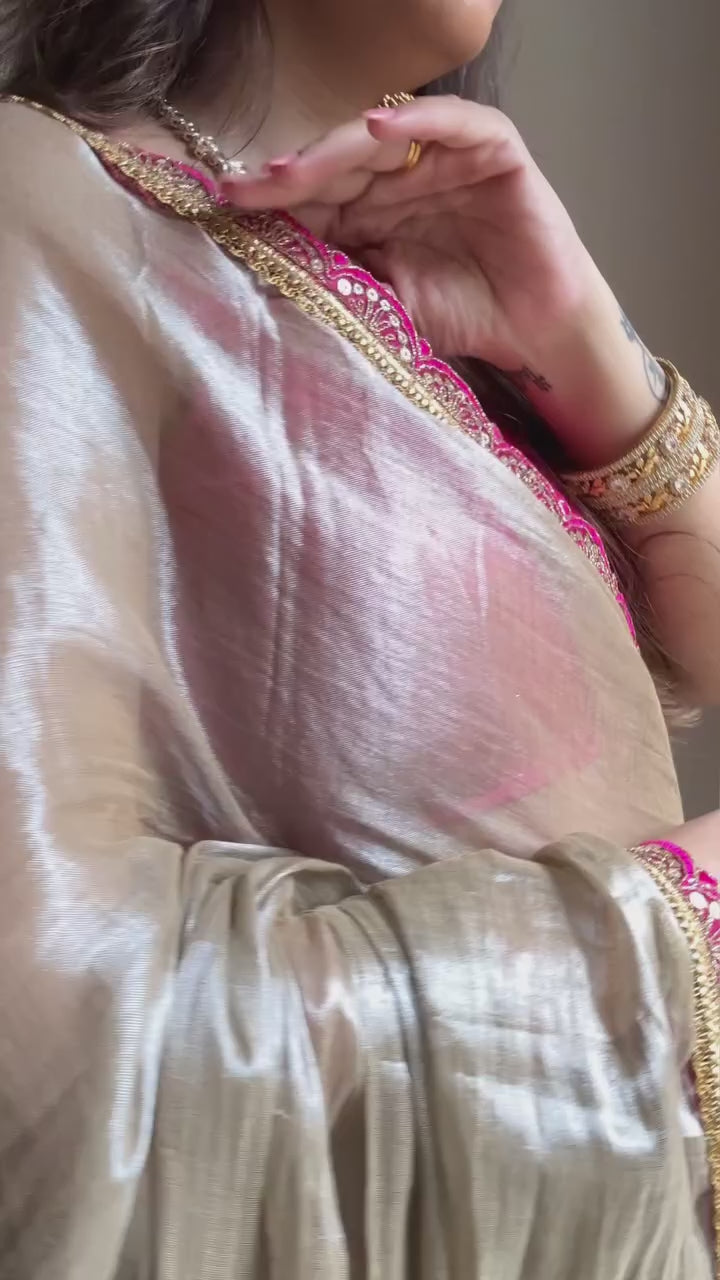Sitar is one of the oldest and most popular stringed instruments in India. It is believed that the instrument was brought over from Central Asia to India. It is believed to have flourished in the 16th and the 17th century. The type of sitar we use these days has been persistent since the 18th century.
It is equally popular in Pakistan and Bangladesh.
The sitar was a major influencer to rock music back in 1960.
Sitar Structure
Typically measuring about 4 feet in length, the sitar has a deep pear-shaped gourd body; a long, wide, hollow wooden neck, both front and side tuning pegs, and 20 arched movable frets. Its strings are metal.

There are usually five melody strings, one or two drone strings used to accentuate the rhythm or pulse, and as many as 13 sympathetic strings beneath the frets in the neck that are tuned to the notes of the raga (melodic framework of the performance). The convex metal frets are tied along the neck, which enables them to be moved as needed. The sitar often has a resonating gourd under the pegbox end of the neck; this balances the weight of the instrument and helps support it when it is not being played. Musicians hold the sitar at a 45° angle on their laps while seated. They pluck the strings with a wire plectrum worn on the right forefinger while the left hand manipulates the strings with subtle pressure on or between the frets and with sideways pulls of the strings.
The strings of the Sitar are all made of metal, either copper brass, bronze or high-carbon steel. The frets on a sitar can be adjusted to a particular tuning called a thaat. The ten basic sitar thaats are synonymous with the ten basic scale formations of the raagas.
Also Read: Trendiest Saree Draping Styles You Must Try
Sitar and India
Sitar has been a prominent musical instrument in India for 700 years now and is like an identity of Indian heritage. The origin of sitar is linked to another ancient instrument, the veena. Back in the 13th century, amir Khusru made some moderations to the structure of the sitar, made it more flexible, he rearranged the strings and made the frets more moveable. The great music maestro Ravi Shankar gave an all new perspective to the sitar.

Playing the Sitar
Sitarists sit cross-legged while playing their instrument. The main gourd rests on the sole of the left foot, and the neck slants upward at about a 45-degree angle from the floor. The index and middle fingers of the left hand stop the strings, just to the left of the frets, and the index finger of the right hand plucks the strings with a wire plectrum. Both upward and downward strokes are used, or, as Pandit Ravi shankar describes them, inward and outward, referring to the position of the thumb. In sitar playing, the strings are often deflected across the frets so as to produce additional pitches or embellishments.

Ustad Vilayat Khan has evolved a new method of tuning the playing strings of the sitar, which necessitates the removal of the third string and the replacement of the heavier fourth and fifth strings by a single steel string. The effect of these changes is to eliminate the very low-pitched strings three and four, thereby reducing the range of the instrument.






















